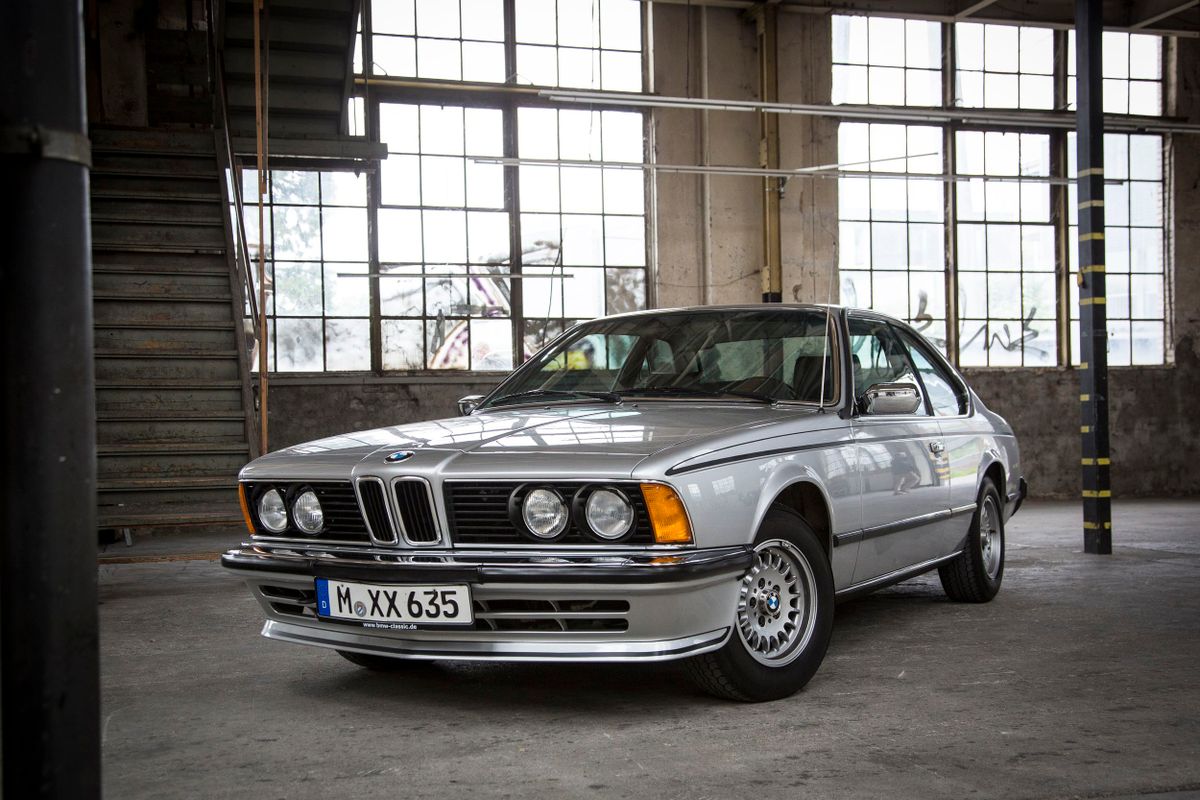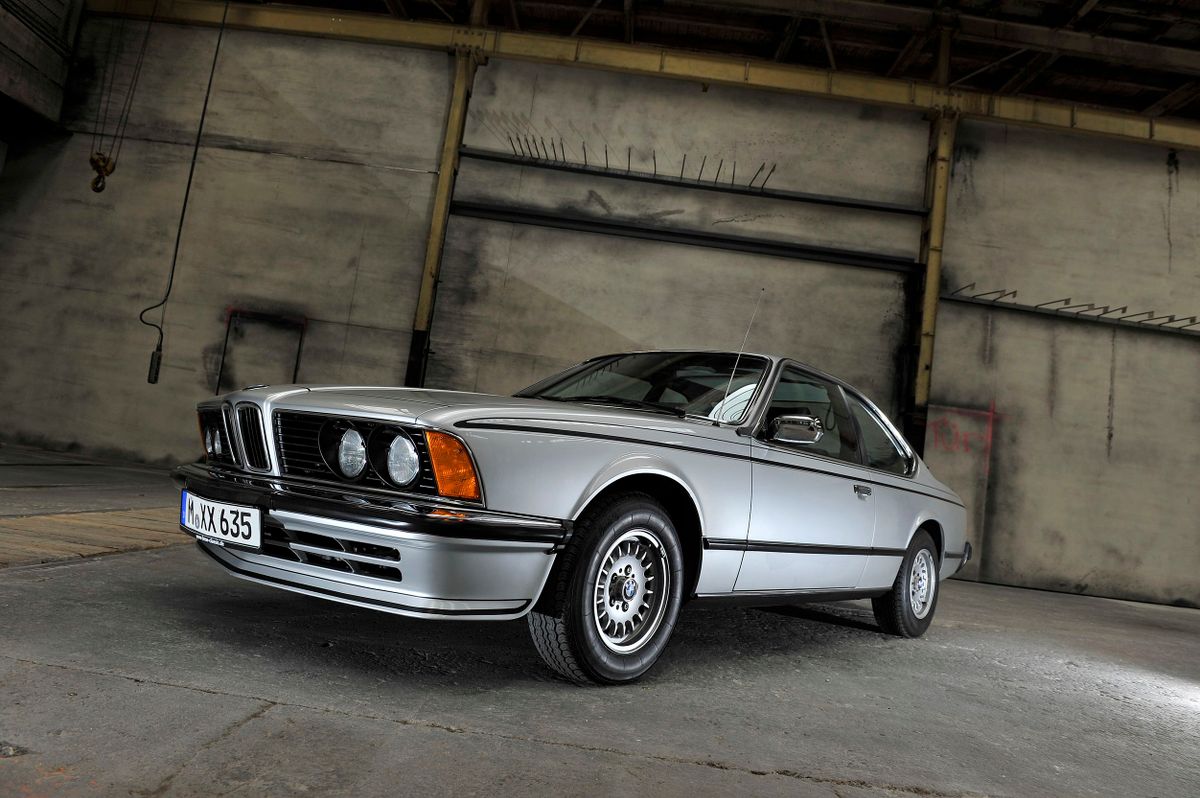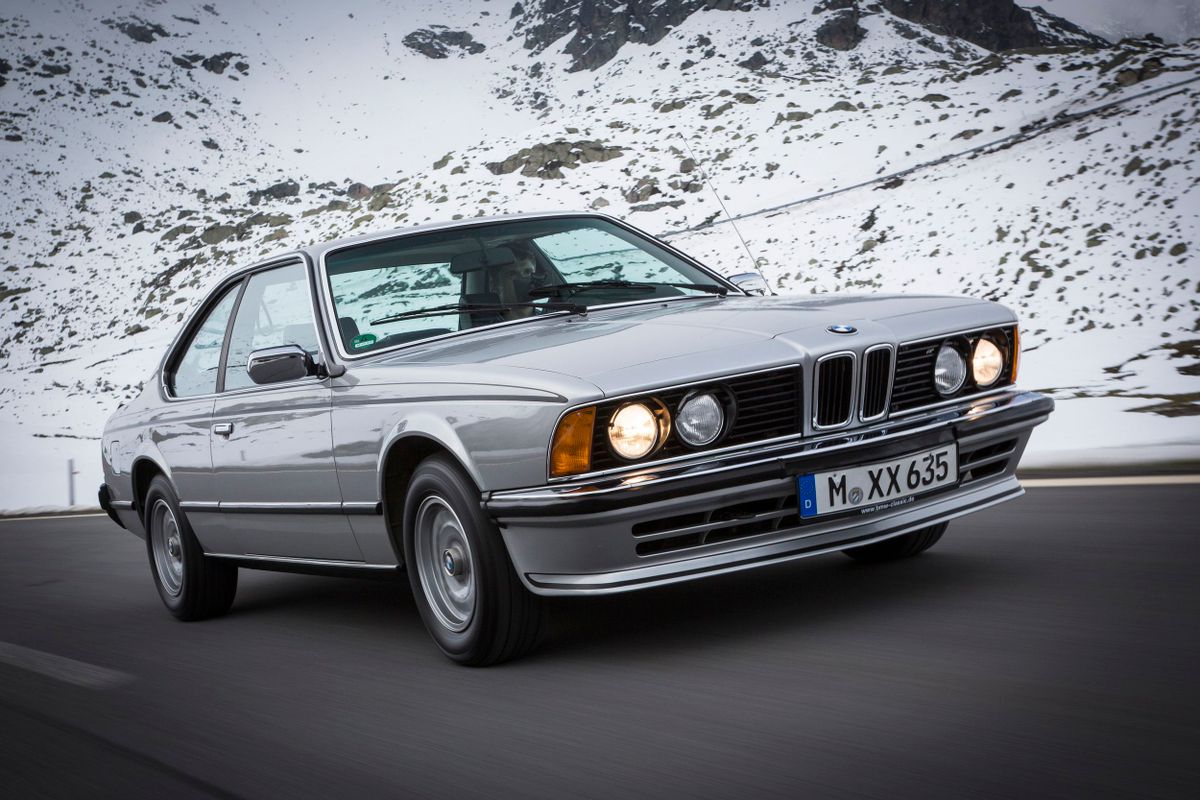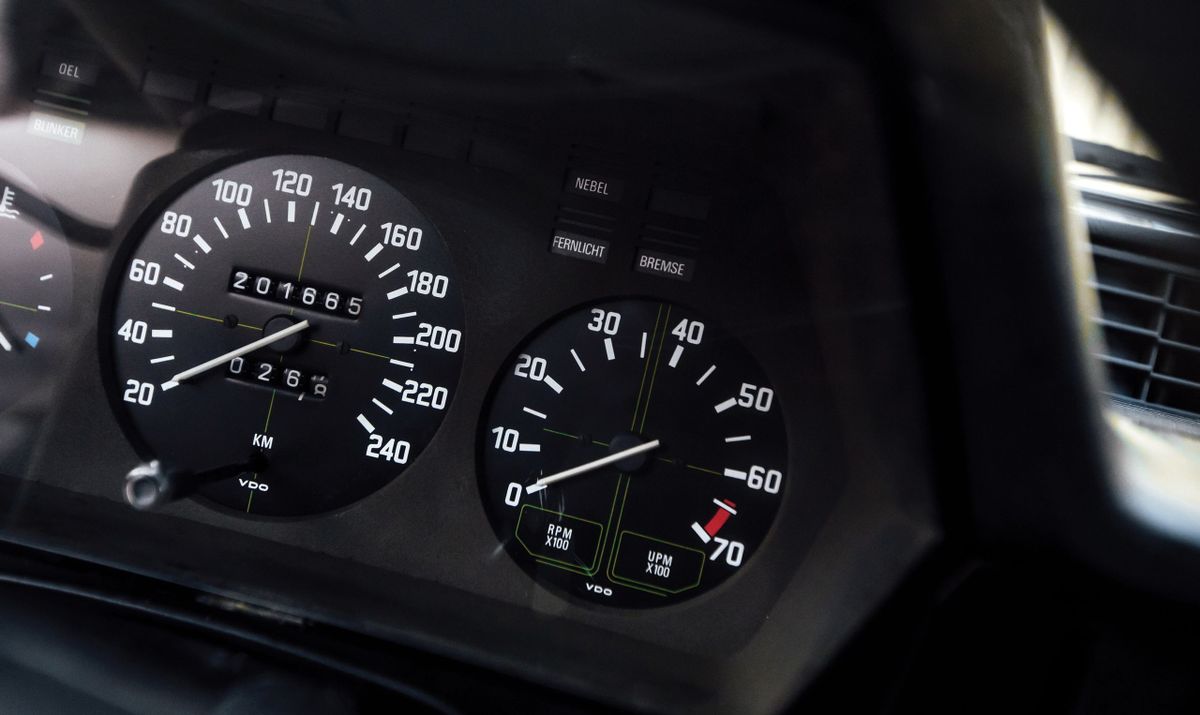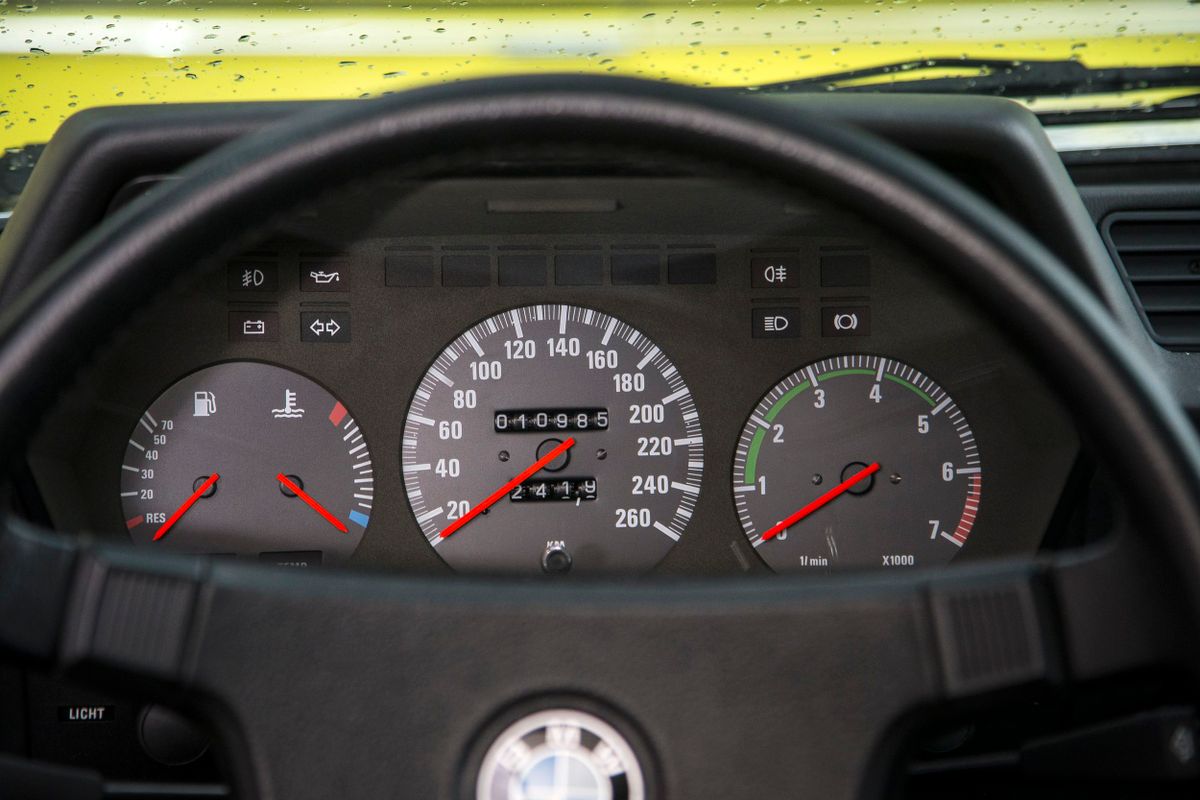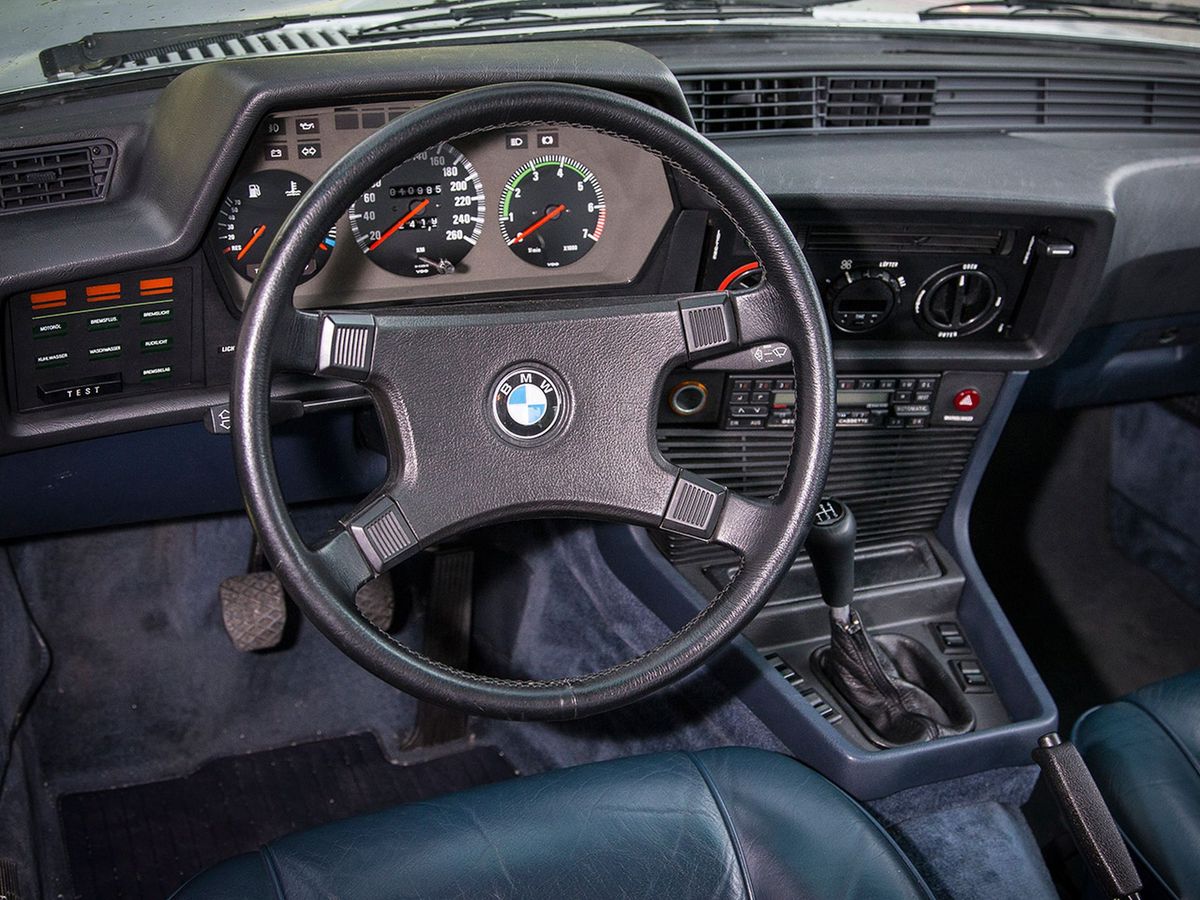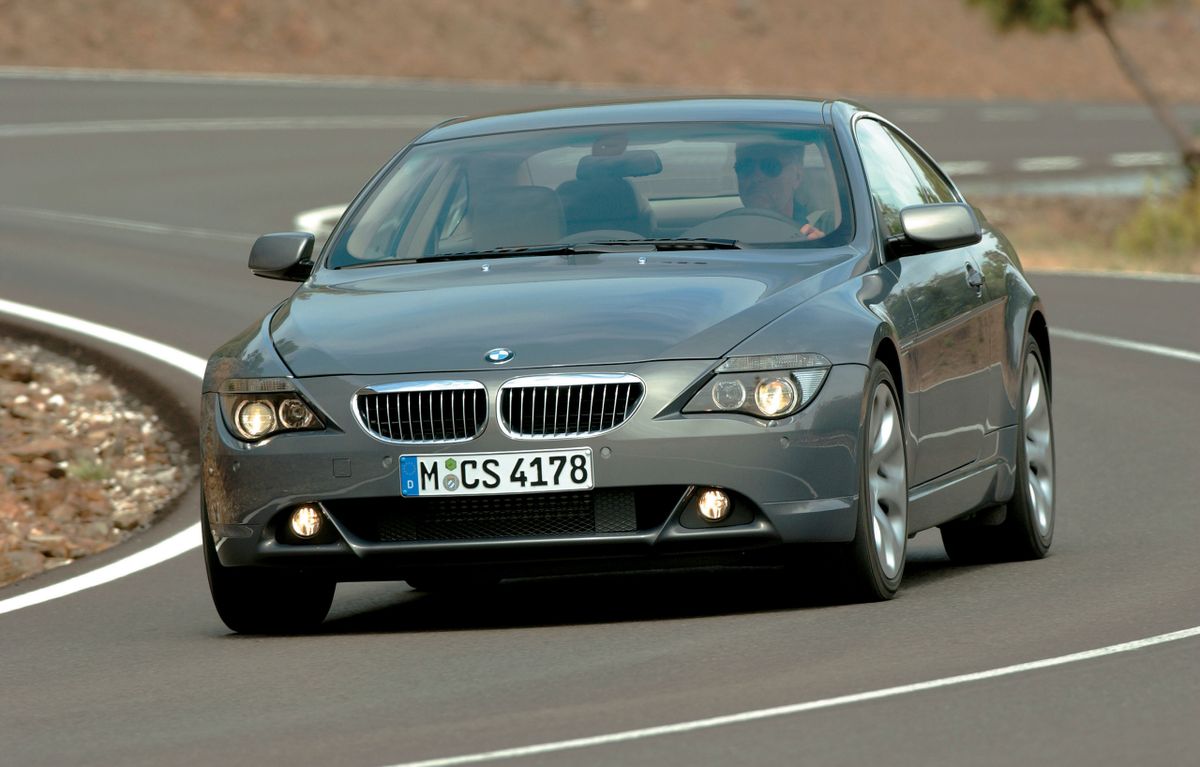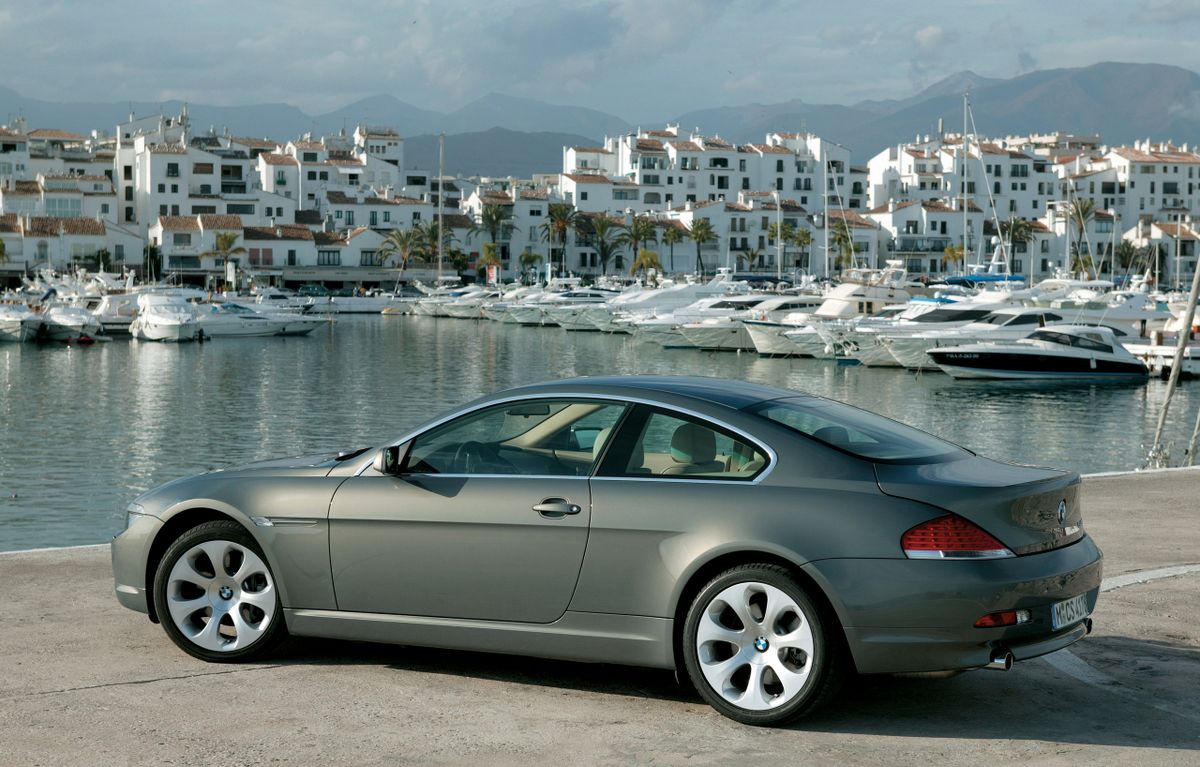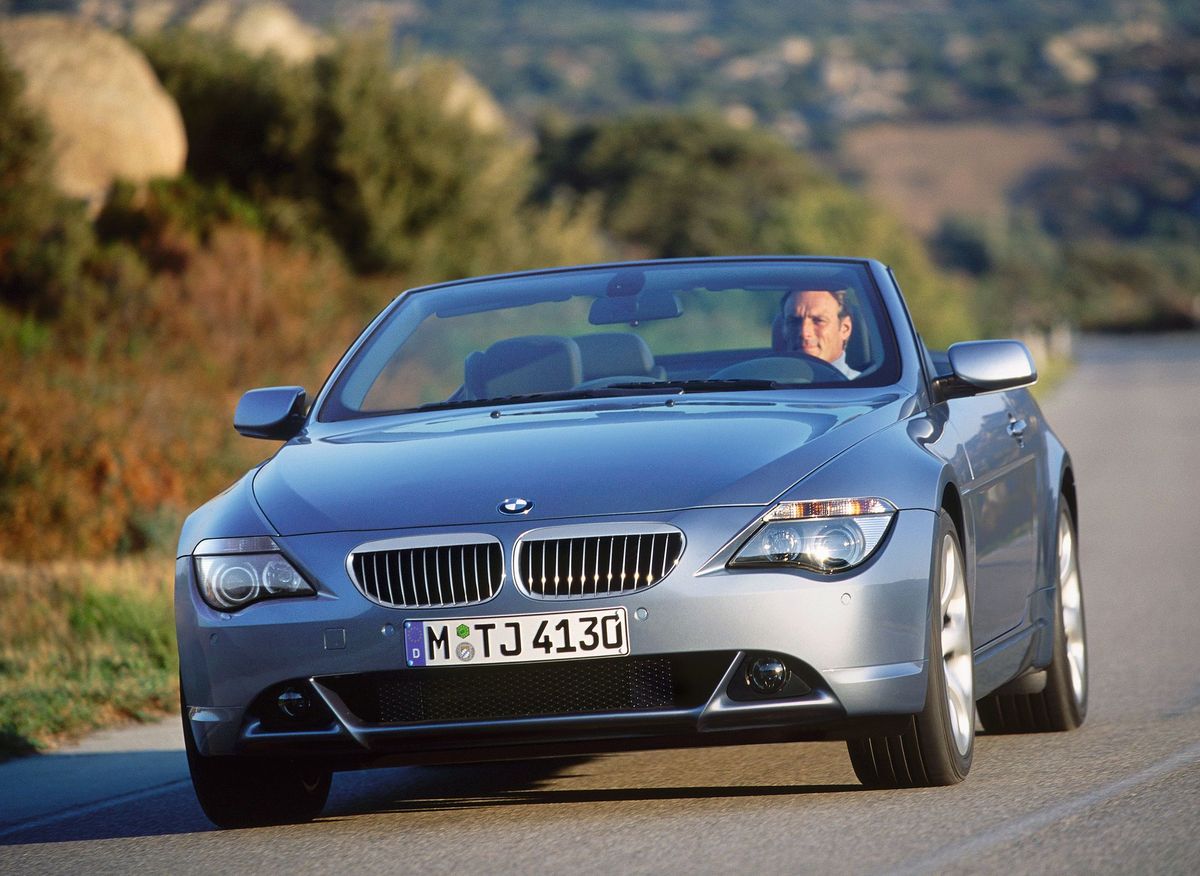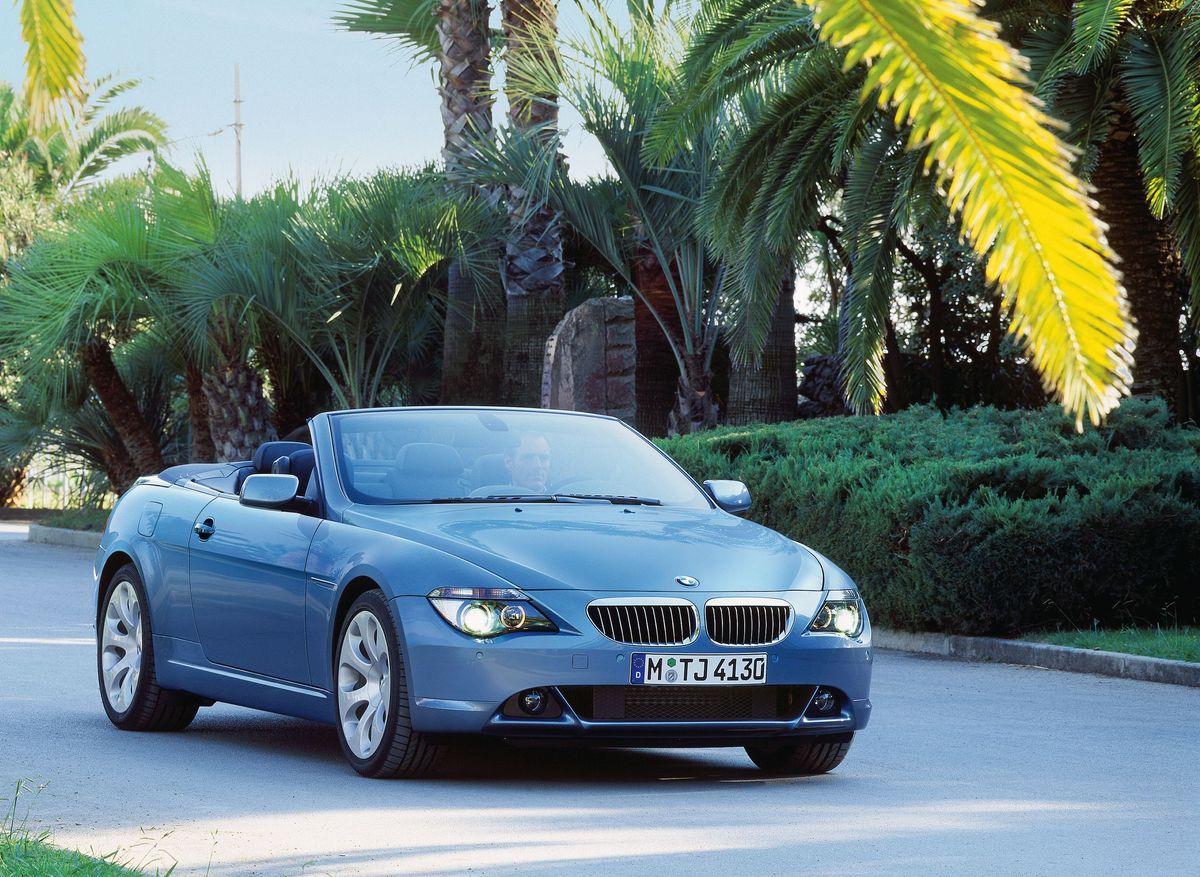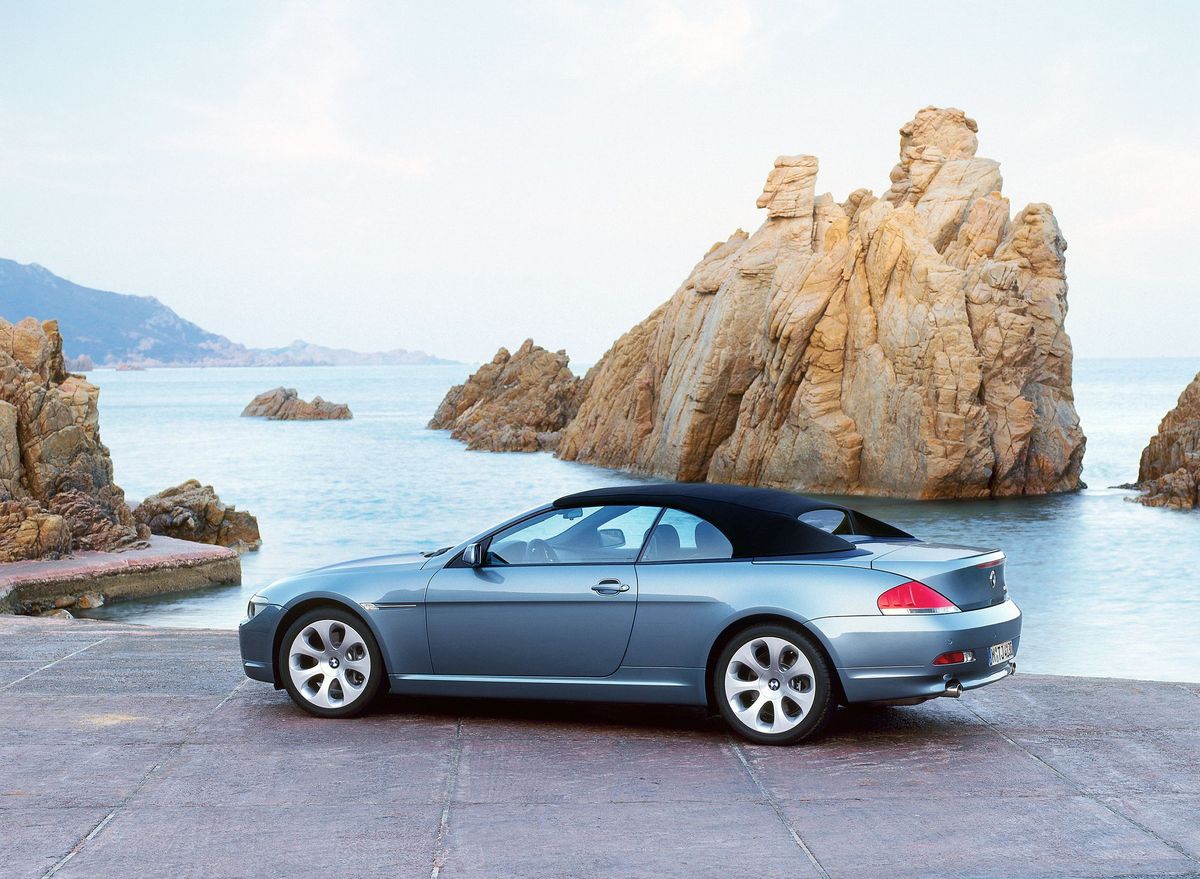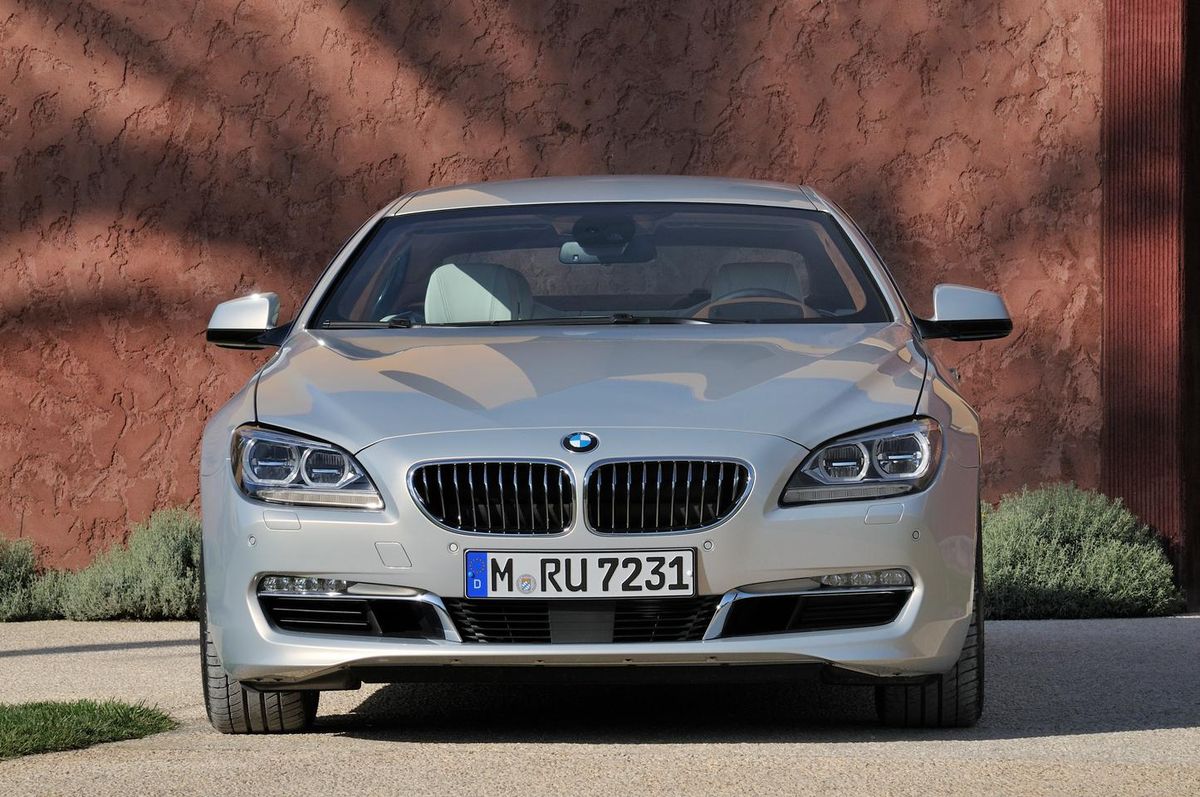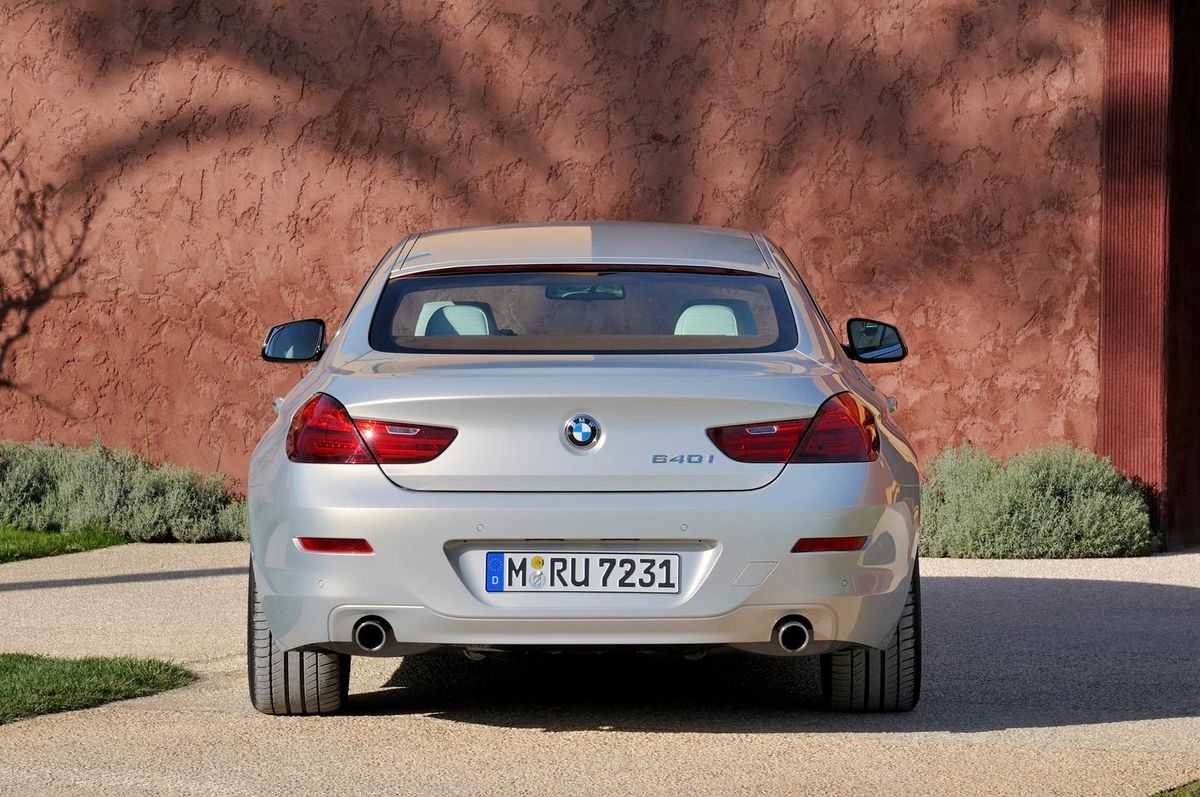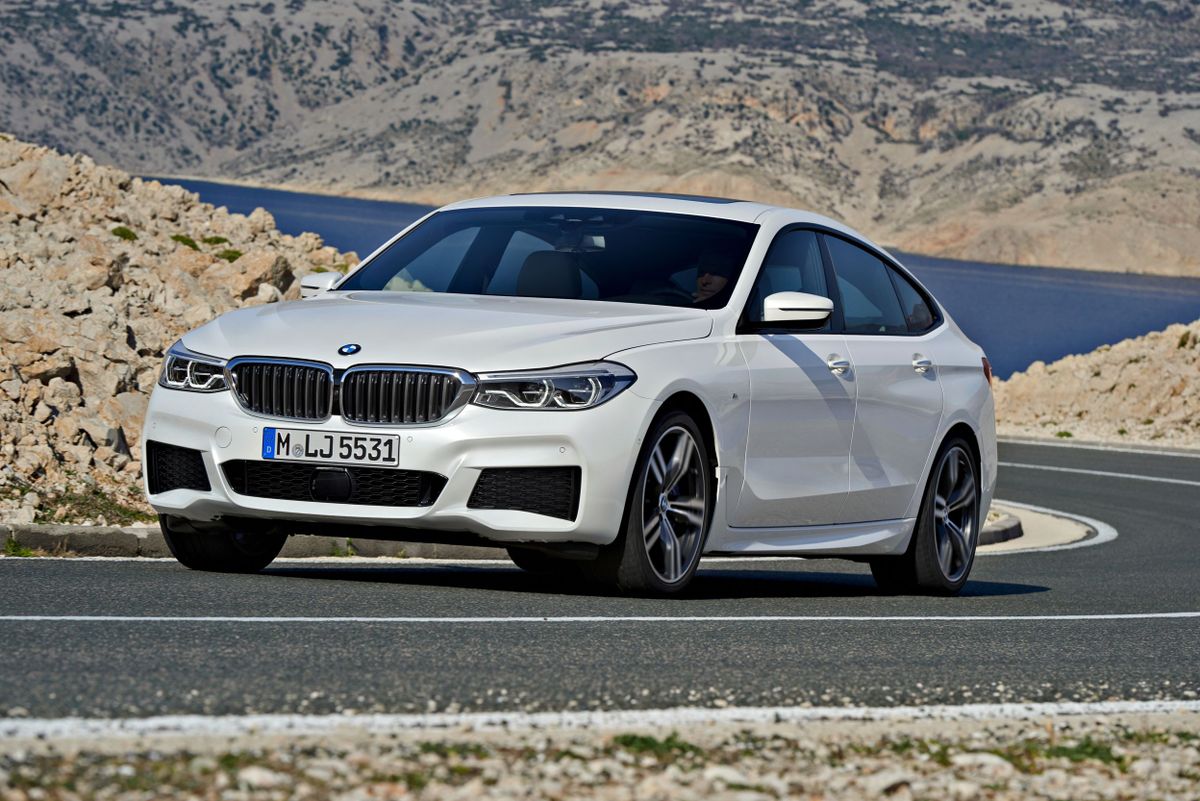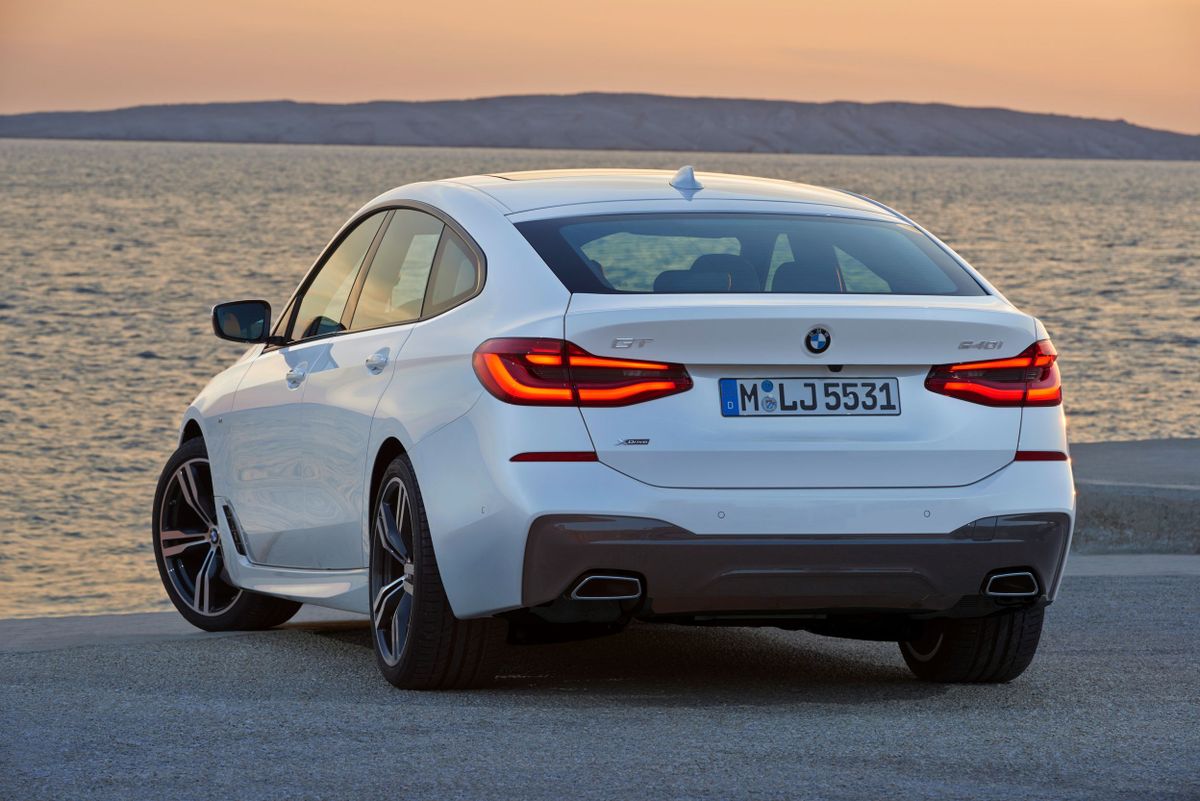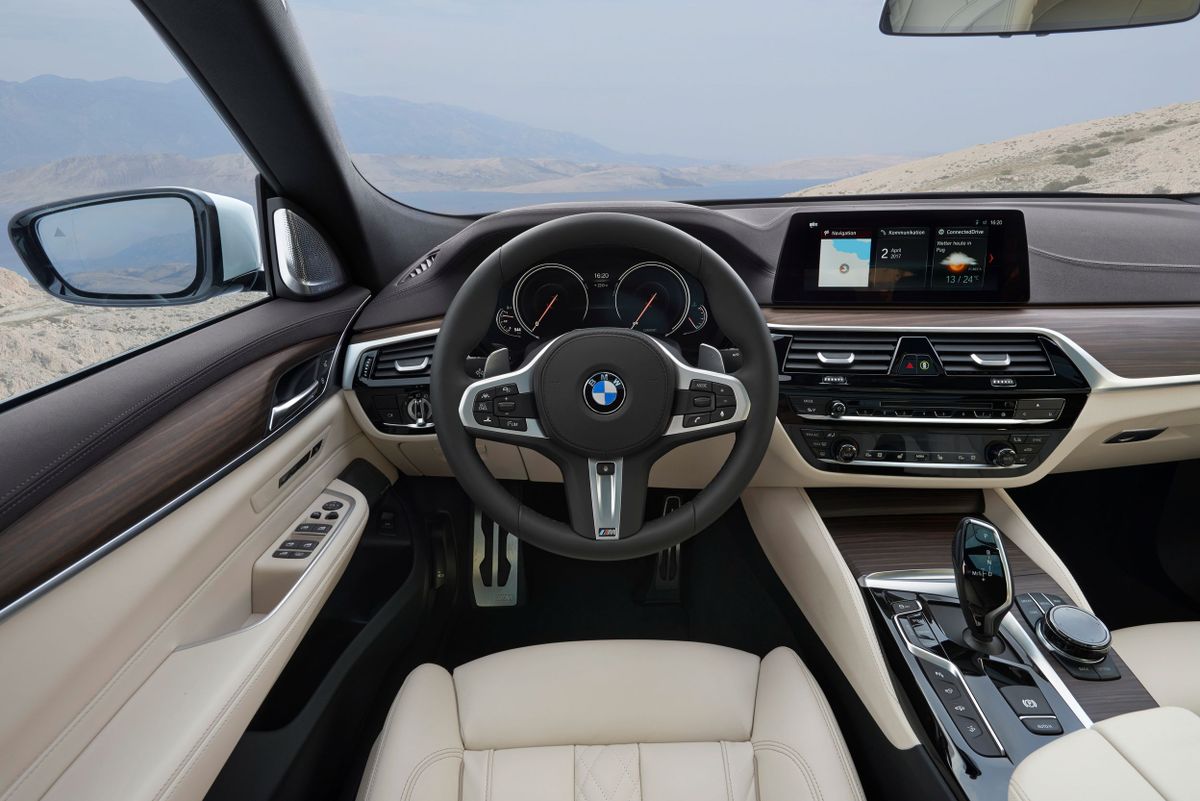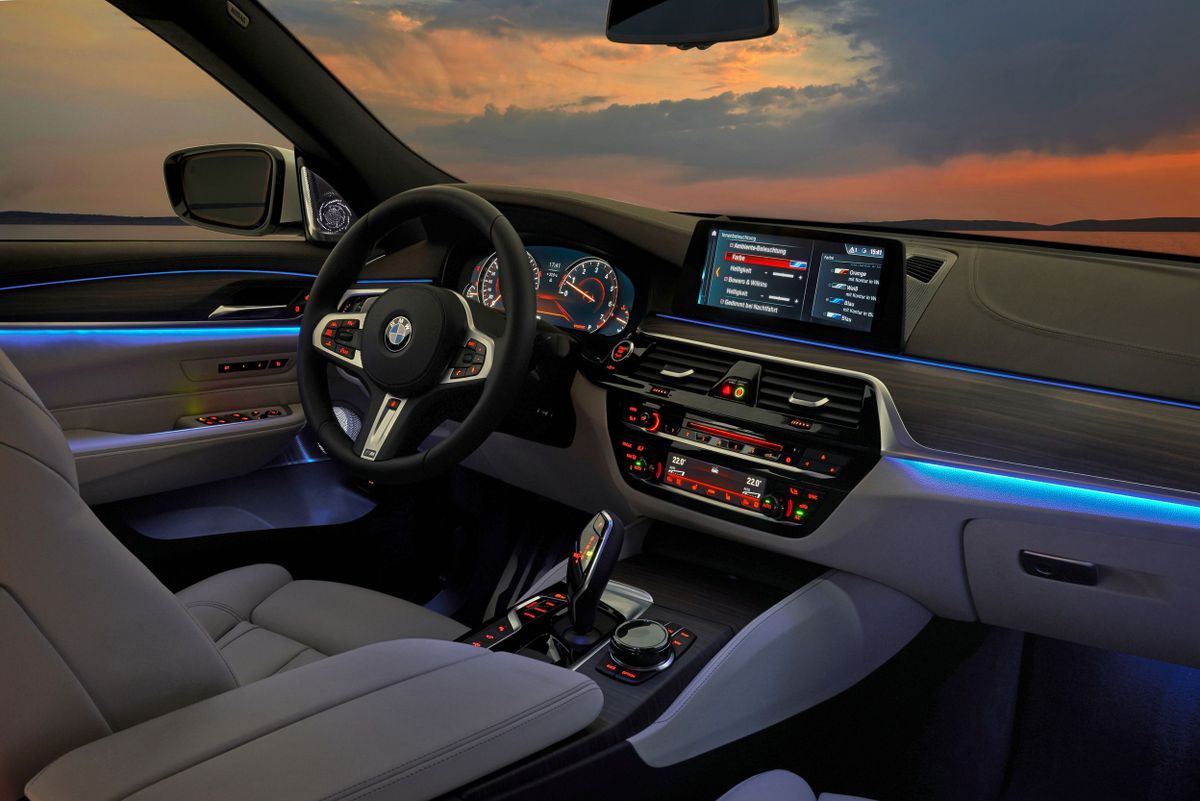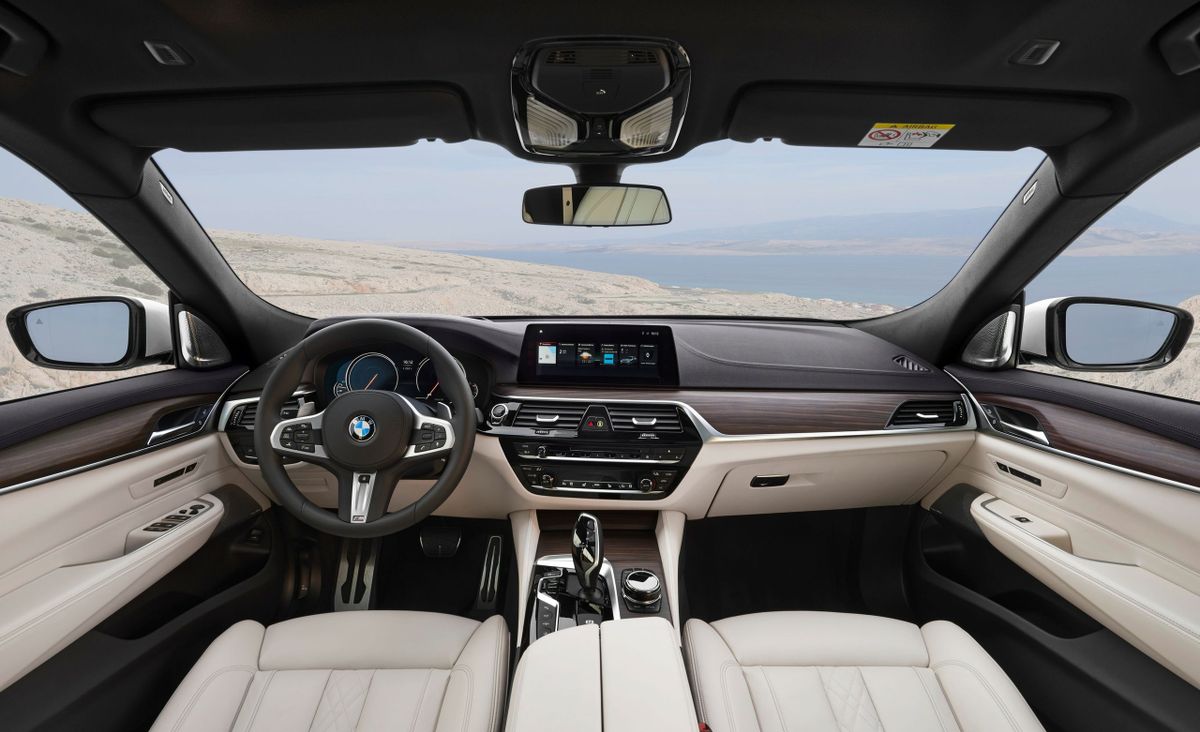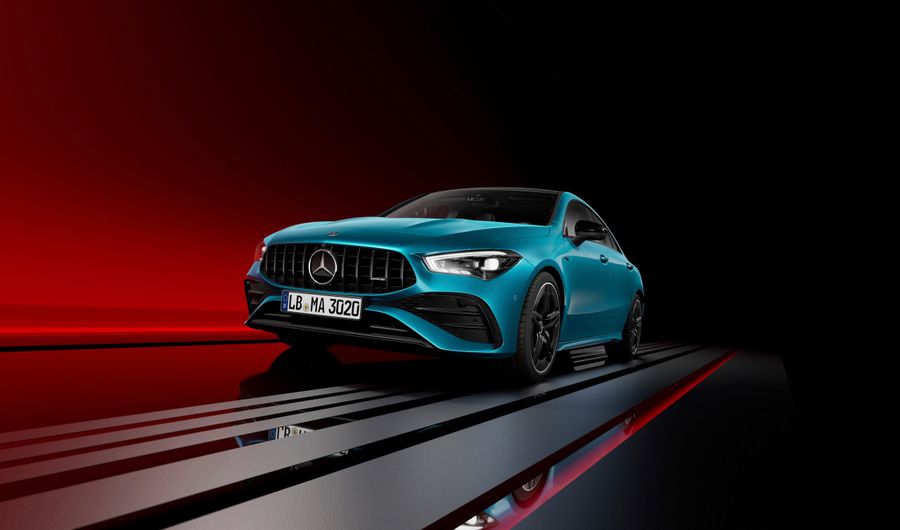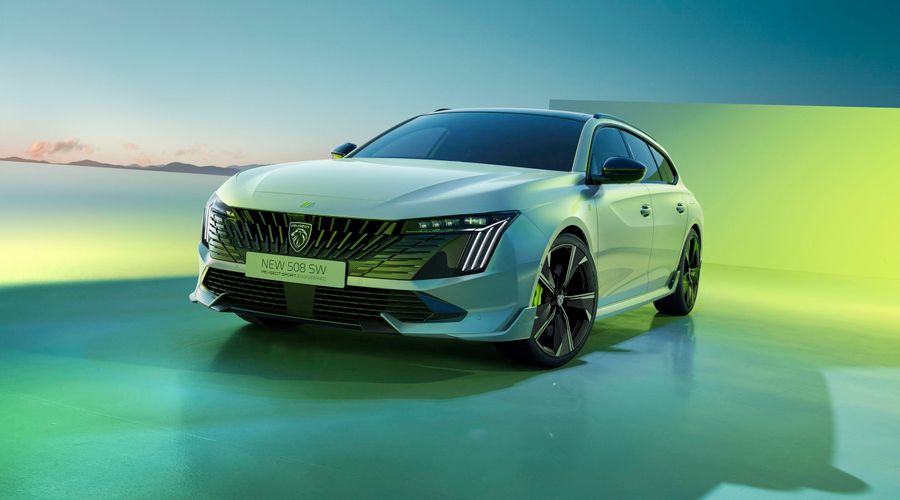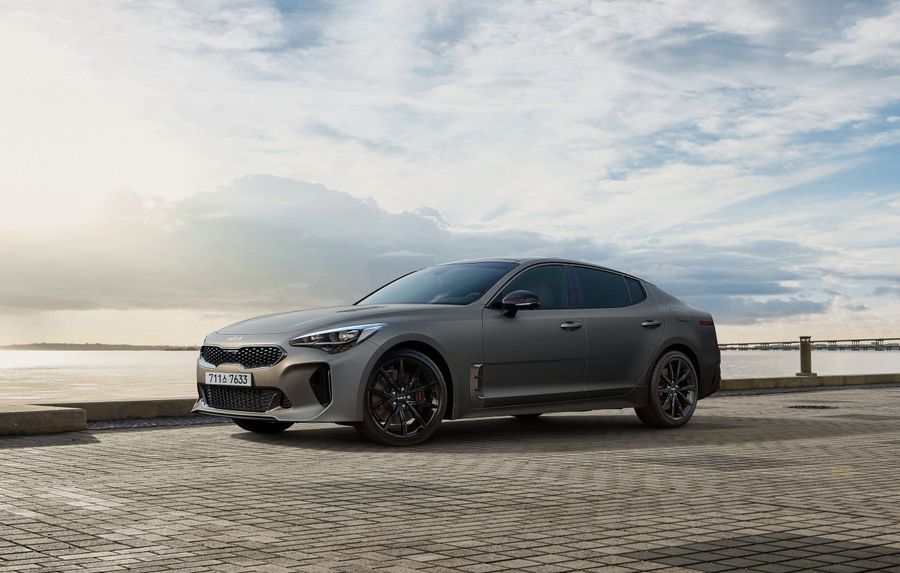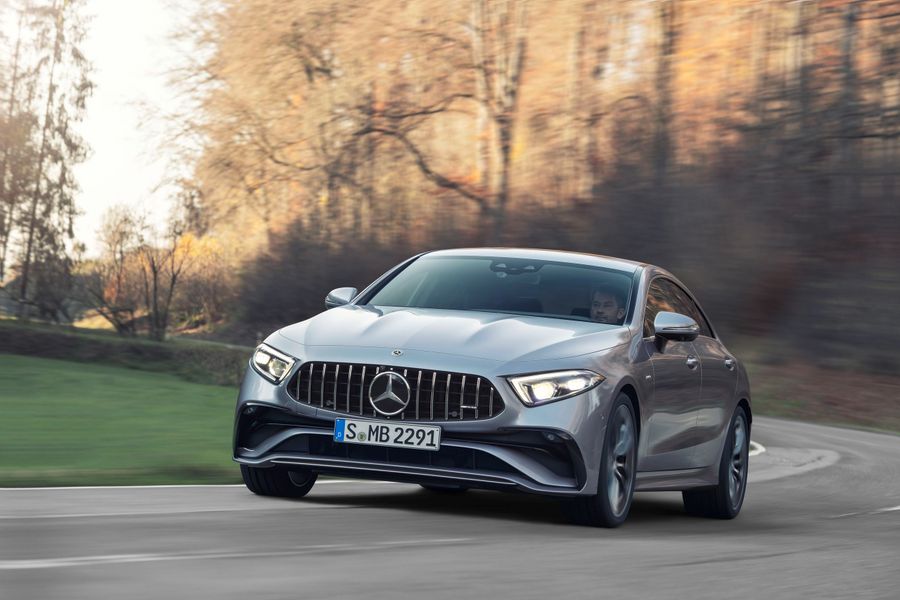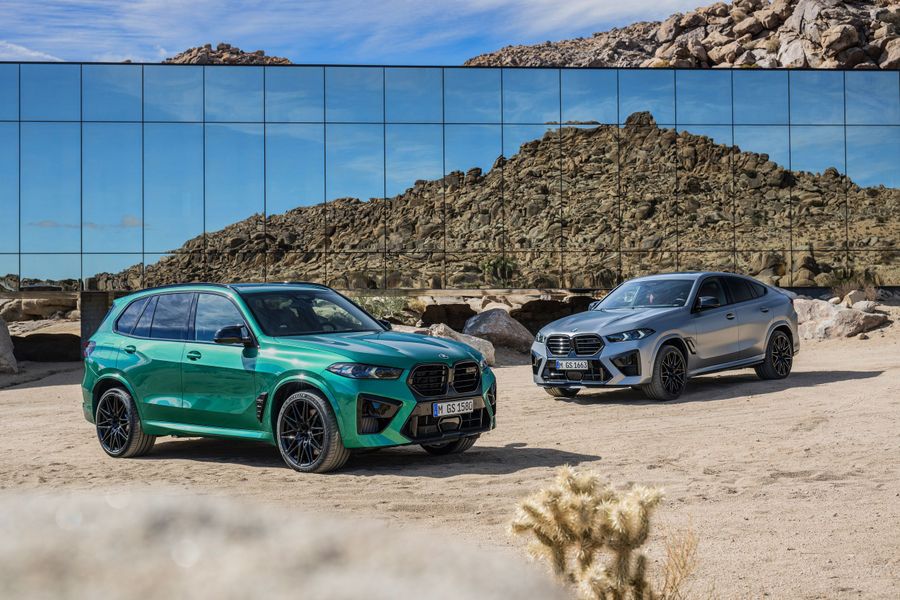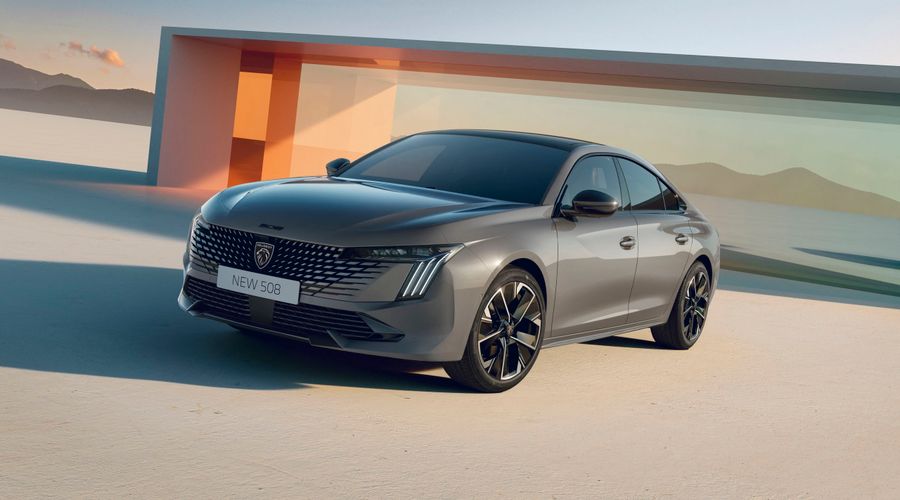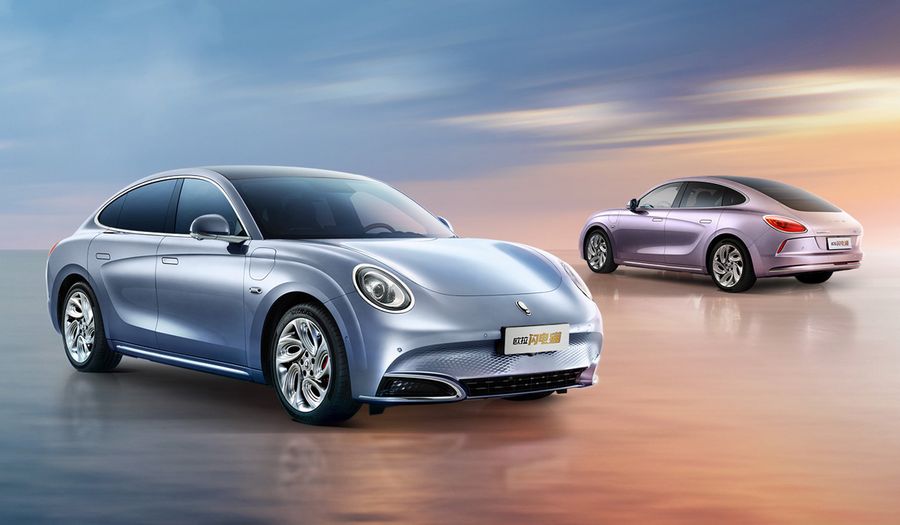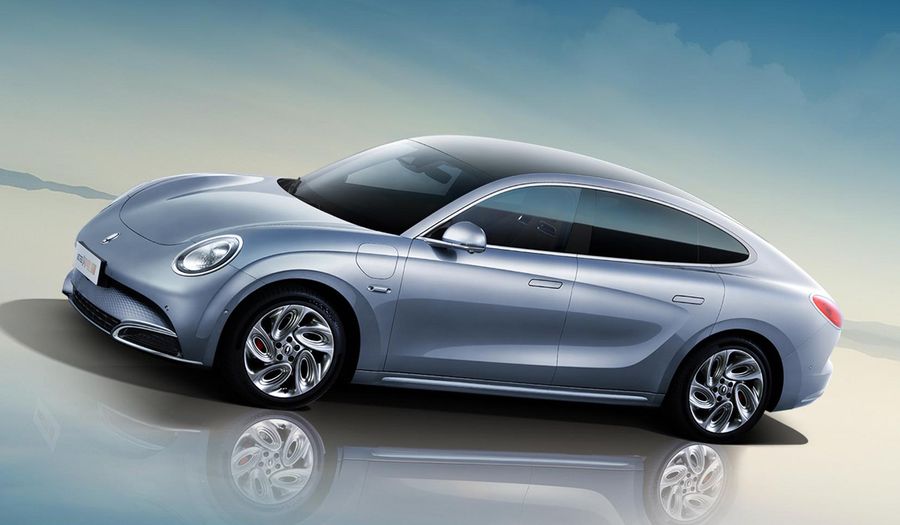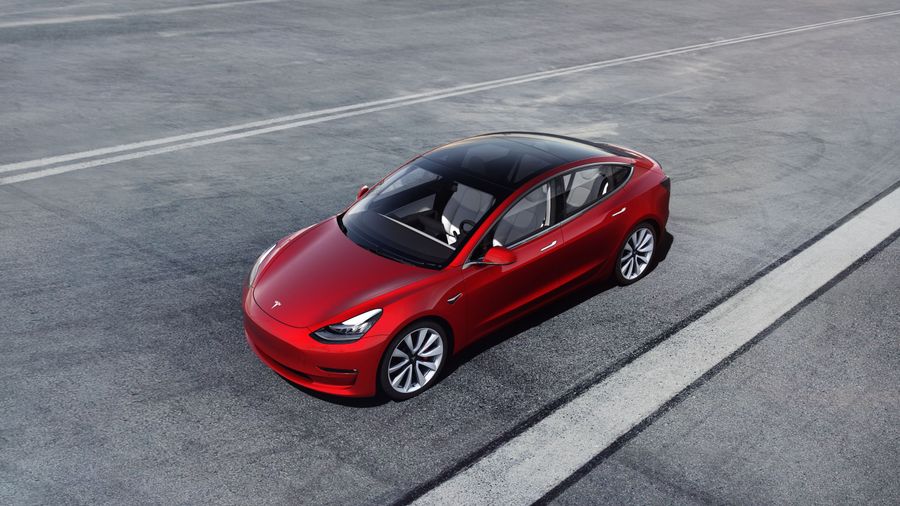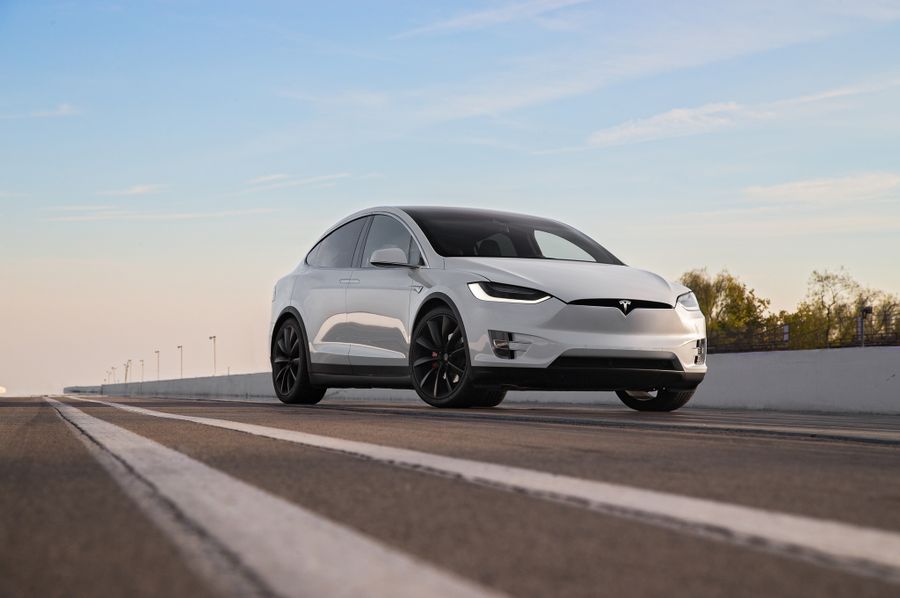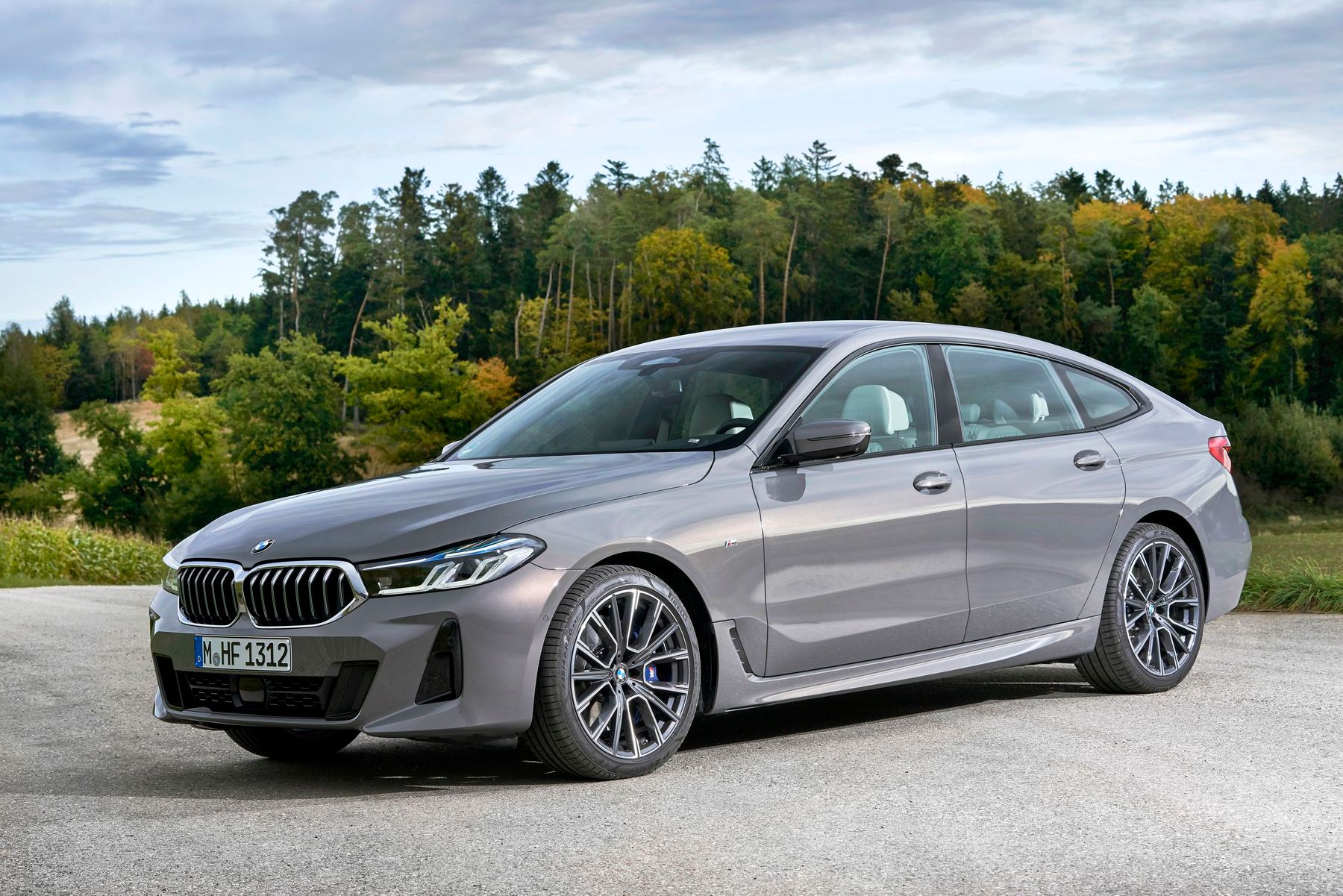
BMW 6 Series. Elegant as a shark
The BMW 6 Series was originally created as a serious car for very serious people who need to travel far and for a long time. The car was successfully produced in the 70-80s, followed by a long pause, after which the 6 Series triumphantly returned in the new millennium.
The BMW 6 or the BMW Sixth Series are coupes, cabriolet and business-class sedans, the production of which began in 1976. The fourth generation model turned into a liftback. This vehicle is the perfect blend of sporty character and luxurious sophistication. The Bavarians claim that the BMW 6 Series inherited ‘elegance as a driving force’. All BMW’s “sixes” are distinguished by unique and superb equipment, a spacious rear compartment, and high functionality.
The first generation
The classic shark-like exterior of the BMW 6 Series was designed by the legendary French designer Paul Bracq in the 70s. By that time, BMW urgently needed a new car to replace the E9 series, which was already rather outdated. The new, Sixth Series, was built on a very high-quality 5 Series platform (1972 E12). In addition to the shark, the prototype of the design was the 1971 BMW 3 Series. But unlike it, the 6 Series was originally conceived as a large coupe. Braque & Co also developed the first generation of the 7 Series executive sedan. The 6 Series was similar to a sedan, but it had frameless windows and only two seats in the back.
The 6 Series coupe was originally powered by a 3.0-liter inline 6-cylinder engine, accompanied by a 4-speed manual transmission. The upgraded version of the BMW 635 CSI had a 3.5-liter 6-cylinder engine with a wide torque range and a 5-speed gearbox. The road shark swam proudly on the world tracks from 1975 to 1987, earned recognition as a powerful, reliable and beautiful car, and then safely retired.
The second generation
After 16 long years, the manufacturer revived its BMW 6 Series in 2003 and produced it until 2010, with the restyling taking place in 2007. The new 6 Series had several engine options, from the 3.0-liter to the mighty 5-liter V10. The entry-level model came standard with a 6-speed manual transmission, while the 4.4-liter six-cylinder engine was coupled with a 6-speed automatic transmission. After the restyling, the car acquired a 3-liter turbocharged diesel engine for the European market, and the V8 was replaced by a more powerful 4.8-liter unit. And finally, the 6-Series received an incredibly powerful 5-liter naturally aspirated V10 engine. The interior of the car was large, luxurious, ergonomic and ultra-modern, truly luxurious.
The design of the 2nd generation BMW 6 Series got its own name - ‘Bangle Butt’
But the second generation BMW 6 Series became famous not for the engines and not for the quality of the finish, but for the body design. The design, along with the design for the E65 7 Series, was developed by legendary designer Chris Bangle. In general, the car turned out to be an iconic BMW, with the exception of the rear, which protruded too much upward relative to the centerline. Hence, there was a strange feeling that something was wrong when you looked at this car… The design even got its own name ‘Bangle Butt’. The front end of the new ‘six’ was distinguished by relatively small headlights, while the bumper with an aerodynamic profile had three air intakes for cooling the engine and front brakes. Sculpted side doors and fenders made the vehicle look dynamic. And yet, the car retained a shark-like silhouette, was of high quality and fulfilled its main karmic task of bringing the 6 Series to the road.
The third generation
It was produced from 2011 to 2017, and was restyled in 2015. The third generation 6 Series was introduced as a ‘simple’ coupe and as a 4-door Gran Coupe. That is, the 6 Series entered the Gran Turismo category, with the corresponding exterior and characteristics. The model was equipped with the seats specially designed for long-distance travel. The dashboard featured a 7-inch infotainment screen with the option of installing a 10.2-inch display. The volume of the trunk, which was 0.4 cubic meters, was also designed for long arrivals. The car was powered by engines with 313 to 450 hp. The model was rear-wheel drive or all-wheel drive, with an 8-speed automatic transmission. After the restyling in 2015, the 6 Series acquired new LED fog lights, a new front bumper, and a radar automatic cruise control system in the lower part of the bumper.
The fourth generation
The current generation of the BMW 6 Series has been produced since 2017 (as of 2021), with the restyling taking place in 2020. Now it is a 4-door sedan with a roofline in the style of the BMW 6 Series Gran Coupe, a kind of classic ‘Gran Turismo’. The new BMW 6 Series is available in two modifications: 640i and 650i, which, first of all, have different engines.
- The BMW 640i is powered by a 3-liter turbocharged inline 6-cylinder engine producing 315 hp, combined with an 8-speed automatic transmission.
The BMW 640i version is quite luxurious, featuring the following equipment: 18-inch wheels, sports shock absorbers with adaptive suspension, adaptive LED headlights, automatic high beams, LED fog lights, automatic wipers, front and rear parking sensors, a rearview camera, electric rear-view mirrors, a sunroof with an electric lift and so on.
- The BMW 650i is powered by a monstrous 4.4-liter V8 twin-turbocharged engine with 445 hp. Like the more powerful member of the 6 Series, it has 19-inch wheels and 20-way adjustable seats.
Both models offer dual-zone automatic climate control, 10-way power front seats, wireless charging pad, Wi-Fi hotspot, BMW eAssist emergency communications, navigation system, iDrive infotainment system with integrated touchpad on controller, a 10.2-inch center display screen and so many options and functions that this bimmer even received a lot of complaints for its complexity. On the other hand, the complexity of such a powerful car in some way cuts off completely thoughtless drivers from driving a heavy colossus, and who can say that this is bad? Not me!
Despite the fact that the new BMW 6 Series is a touring car, it is not a family car, as it is designed exclusively for the driver and front passenger. Headroom in the back, as well as getting in and out of the car, is limited by the coupe’s wide roofline, which gives the car its signature shark profile. A center tunnel at seat height makes it nearly impossible to enter the middle seat, while rear head restraints, sloping roof and narrow rear window obstruct rear view. At the same time, the front view is incredible. The manufacturer seems to insist that the driver and passenger look straight ahead and quickly drive off into the sunset, without even thinking about the back seat. Although it actually folds down, slightly increasing the compact cargo space at the rear.


